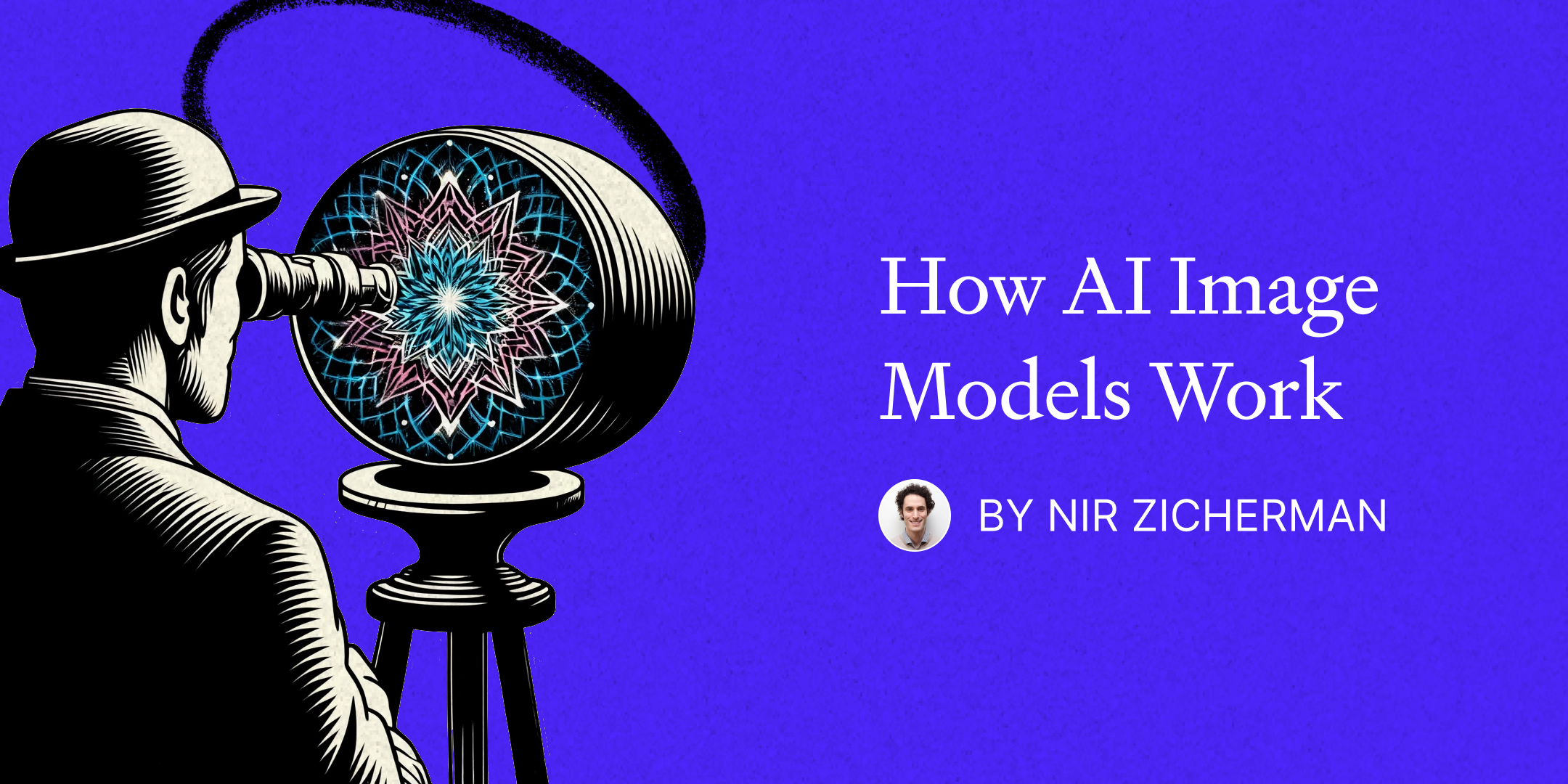How AI Image Models Work

🌈 Abstract
The article explains the core concepts behind how image generation models like DALL-E work, using an analogy to a children's game about uncovering hidden story plots in noisy text. It describes how these models are trained to find coherent images within random noise, similar to how the game teaches children to find plausible plots within garbled sentences.
🙋 Q&A
[01] Explaining Image Generation Models
1. What is the key insight behind how image generation models like DALL-E work?
- The core idea is that these models are trained to find coherent images within random noise, similar to how a children's game teaches kids to uncover hidden story plots in garbled text.
- Just as the game asks children to replace words in a nonsensical sentence to reveal a plausible plot, the image models are trained to remove "noise" (randomly colored pixels) from an input to return a coherent image.
- By iterating through many rounds of noise removal, the models learn to find rational images within pure noise, similar to how the children in the game learn to uncover plots in random word sequences.
2. How do image models use text prompts to guide the image generation process?
- The text prompt is used to provide a "hint" to the model about the target region of the vector space to focus its noise removal on.
- Just as the children in the game were nudged toward a particular genre or setting when uncovering plots, the image model uses the text prompt to target a specific area of the vector space corresponding to the desired image type.
- The more specific the text prompt, the smaller the target area in the vector space, helping the model converge on the desired image.
3. What is the role of randomness in the image generation process?
- The noise added to the input image is randomly generated each time, so no two outputs will be identical, even for the same text prompt.
- This randomness, combined with the target area in the vector space being an area rather than a single point, is what leads to the non-deterministic nature of the image generation.
[02] Analogy to Children's Story Plot Game
1. How does the children's story plot game relate to image generation models?
- The game teaches children to uncover coherent plots hidden within garbled, noisy text by replacing individual words.
- This is analogous to how image generation models are trained to find rational images within random noise by iteratively removing the "noisy" pixels.
- Both the game and the models involve taking an input full of "noise" and using a process of refinement to uncover a meaningful, coherent output.
2. What are the key steps in the children's story plot game?
- The game starts by presenting children with a sentence containing a single typo, which they must identify to reveal the plot of a well-known story.
- The difficulty is then increased by replacing multiple words in the sentence, requiring the children to make multiple replacements to uncover a plausible (though not necessarily accurate) plot.
- Eventually, the game reaches the stage where all the words in the sentence are "noise", and the children must learn to find a coherent plot within this pure randomness.
3. How does the game's progression mirror the training of image generation models?
- Just as the children learn to uncover plots by iteratively replacing words in noisy sentences, the image models learn to find coherent images by iteratively removing "noisy" pixels from the input.
- The game's progression from single-word errors to pure noise parallels the image models' ability to start with simple noise removal and eventually handle generating images from scratch.
- Both the game and the models involve a learning process of taking an input full of randomness and using refinement techniques to extract meaningful, coherent outputs.